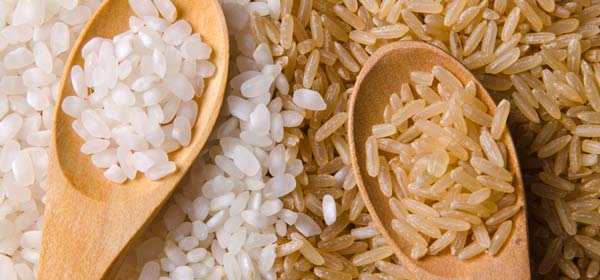Carbs receive a lot of bad publicity. We’re also told to avoid carbs since they cause weight gain and type 2 diabetes. But dietary guidelines recommend that we get about half of our daily calories from carbohydrates.
Some carbs are bad while others are tremendously good for you. In fact, it’s necessary that you consume carbs for your body to work optimally. But how do you tell the difference?
Carbohydrates provide your body with the glucose (energy) it needs to function properly. There are two types of carbs: complex carbs and simple carbs. Complex carbs are those that the body takes time to break down into glucose, meaning they are absorbed more slowly into your system and give us lasting energy. These are foods rich in fibre and we call them ‘good’ carbs.
On the other hand, simple carbs include sugars found in foods, such as fruit and milk products, as well as sugars added during food processing. The more refined the carb, the less essential dietary fibre it contains. Foods containing white flour and added sugars are referred to as ‘bad’ carbs.
We can minimise the health risks of bad carbs simply by eating fewer refined and processed carbohydrates, which rob our body of fibre. Note: just because they’re labeled ‘bad’ doesn’t mean you should never eat them, only that you should eat them in moderation.
Here’s a list of ‘good’ and ‘bad’ carbs:
Vegetables (good carbs):
-
dark leafy greens
-
onions
-
peas
-
mushrooms
-
asparagus
-
artichokes
-
cauliflower
-
broccoli
-
eggplant
-
celery
-
cabbage
-
Brussels sprouts
-
garlic
-
zucchini
-
cucumbers
-
sweet potato
-
root vegetables (i.e. carrot and parsnip)
Vegetables (bad carbs):
-
potatoes
Fruit (good carbs):
-
berries
-
melons
-
tropical fruits (i.e. pineapple, mango, papaya)
-
kiwi
-
tree fruit (i.e. apples and pears)
-
citrus fruits
-
grapes
-
stone fruits (i.e. cherries, plums, peaches, apricots)
Fruit (bad carbs):
-
dried fruits
-
fruit juice
Grains (good carbs):
-
quinoa
-
whole wheat/wholegrain products
-
brown rice
-
sprouted grains
-
whole oats
-
wheat germ
-
bran
-
millet
Grains (bad carbs):
-
white flour
-
white bread
-
breakfast cereal
-
quick oats
-
couscous
-
pasta
-
baked goods (i.e. muffins and cakes)
-
corn
-
cream of wheat
Nuts/seeds/legumes (good carbs):
-
peanuts
-
cashews
-
pecans
-
macadamias
-
sesame
-
almonds
-
walnuts
-
soybeans
-
lima beans
-
fava beans
-
peas
-
chickpeas
-
pinto beans
Nuts/seeds/legumes (bad carbs):
-
honey roasted nuts
-
nuts with a sweet or candied coating
-
sweetened nut butter (i.e. peanut butter)
Dairy products (good carbs):
-
whole milk
-
cream
-
cheese
-
unsweetened yoghurt
-
sour cream
-
butter
Dairy products (bad carbs):
-
ice cream
-
sweetened yoghurt
-
skimmed milk
Want to know more? View an even more comprehensive list of good and bad carbs.
Related articles:
Five nutrients for healthy ageing
Good fats you should eat
10 superfoods for weight loss

